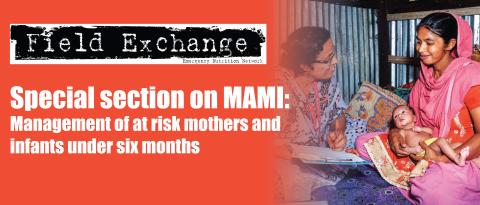Risk factors for vitamin A and D deficiencies among children under five years old in Palestine
Research snapshot1
The Palestinian Ministry of Health (MoH) and UNICEF conducted a national cross-sectional survey in 2013 to ascertain the prevalence of and risk factors for vitamin A deficiency (VAD) and vitamin D deficiency (VDD) among children in the state of Palestine, uptake of a vitamin A and D supplementation programme, and whether variations of VAD and VDD were related to different approaches of health service providers. Risk factors for levels of vitamin A (n =1,054) and vitamin D (n =150) were assessed among children aged 6 to 59 months using chi-square tests and logistic regression for each outcome. A child was considered to have VAD and VDD if he/she had a serum level<1.05 μmol/L and <50 nmol/L respectively. Multiple logistic regression models were developed to identify independent risk factors.

The prevalence of VAD and VAD was 73.1% and 60.7% respectively. Children in Gaza were 1.34 (95% CI 0.78–2.31) and 1.96 times (95% CI 0.67–5.71) more likely to be deficient in vitamin A and D respectively compared to children in the West Bank. Anaemic children were 1.5 times more likely to be deficient in vitamin A (95% CI 1.08–2.10). Older children (> one year of age) were more likely to be deficient in vitamin D and females were 2.72 times more likely to be deficient than males (95% CI 1.21–6.01). Results suggest no association between maternal education levels, feeding practices and VAD and VDD. Although not statistically significant, children who received supplements from the MoH were more likely to have VAD and VDD than those receiving supplements from the United Nations Relief and Works Agency for Palestine Refugees (UNRWA). This may be explained by differing protocols; the UNRWA provides vitamin A capsules to children up to five years old (compared to up to 12 months by the MoH) and provides systematic counselling services to mothers of children under five years old to improve uptake (compared to no counselling by the MoH). The authors suggest that the MoH considers targeting at-risk children to increase adherence to the full supplementation regimen and that more research is carried out into effective methods of service delivery.
Endnote
1Chaudhry A B, Hajat S, Rizkallah N and Abu-Rub A. (2018) Risk factors for vitamin A and D deficiencies among children under-five in the state of Palestine. Conflict and Health (2018) 12:13


